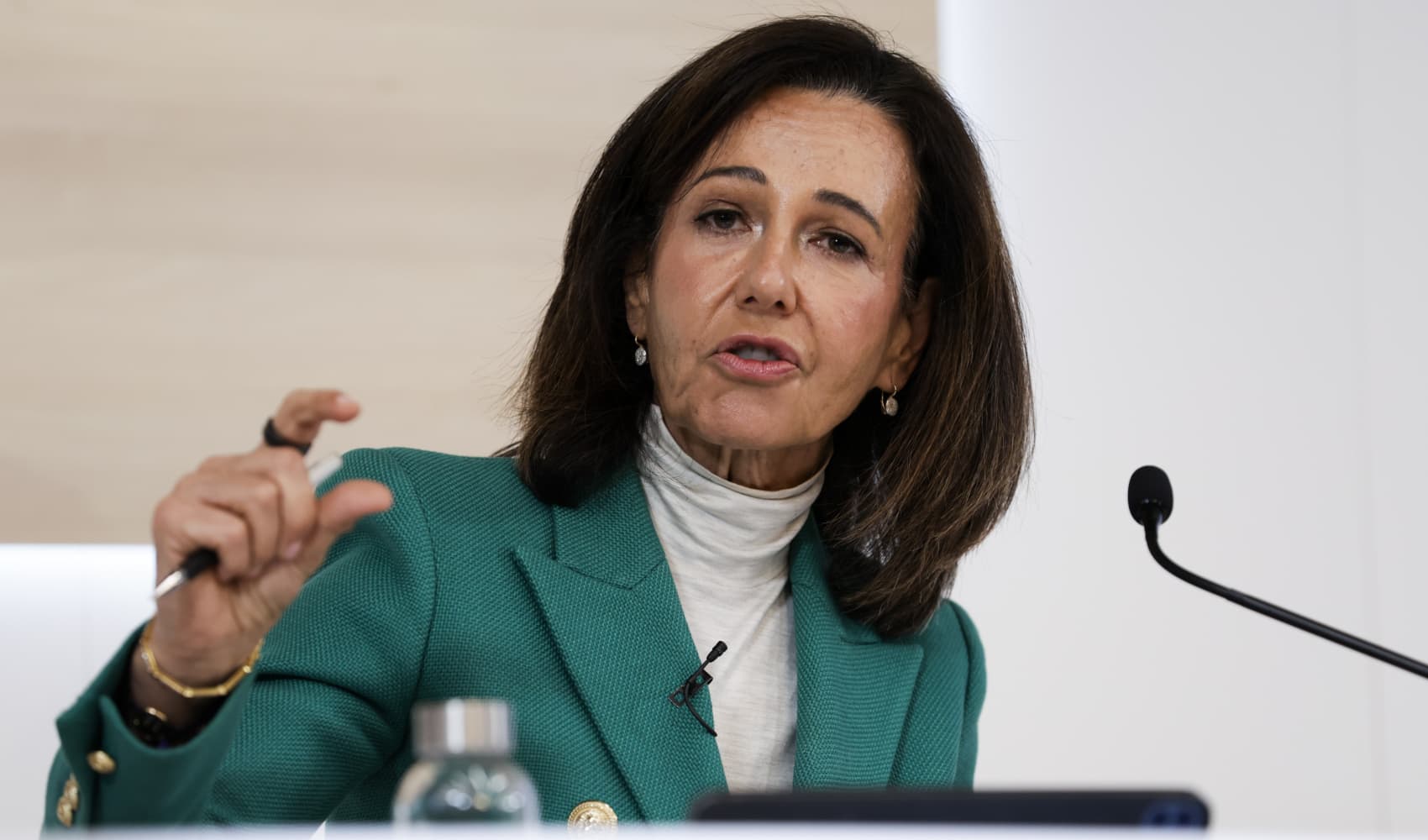![[CNBC] Equal Pay Day highlights stalled pay gap progress: ‘Women are never, ever going to catch up,’ researcher says](https://media.nbcnewyork.com/2025/03/108001349-1720010728202-gettyimages-1221479965-_44a2618.jpeg?quality=85&strip=all&resize=320%2C180)
[CNBC] Equal Pay Day highlights stalled pay gap progress: ‘Women are never, ever going to catch up,’ researcher says
- Equal Pay Day highlights the gender pay gap by marking just how far into the new year full-time female workers have to keep working to make what their male counterparts made in just the previous year.
- Women in the U.S. who work full time are still typically paid 83 cents for every dollar paid to men.
- At this rate, it could take 134 years to close the global gender pay gap, according to estimates by the World Economic Forum.

For decades, women have faced an uphill battle in the workplace.
Watch NBC 4 free wherever you are
Even now, although women are achieving increasing levels of education and representation in senior leadership positions at work, there remains a stubborn pay gap and promotion gap.
Equal Pay Day — which this year falls on March 25 — is a reminder of the persistent income inequality between men and women. The date marks how far into the new year full-time female workers have to keep working to make what their male counterparts typically made in just the previous year.
Get Tri-state area news delivered to your inbox with NBC New York's News Headlines newsletter.
As it stands, women earn just 83 cents for every dollar earned by men, according to an analysis of U.S. Census Bureau data by the National Women's Law Center.
More from Personal Finance:
Stock volatility poses an 'opportunity,' investment analyst says
What financial advisors tell investors about market turmoil
Consumer outlook sinks as recession fears take hold
Money Report
Lifetime wage gap varies by race
Over time, the inequality is magnified. Based on today's wage gap, women of all races just beginning their careers will lose $462,000 over 40 years, compared with men of all races, according to the center's research.
This "lifetime wage gap" is based on the latest data on the difference between women's and men's median annual earnings for full-time, year-round workers, the center said.
"When you look at it by race and gender, that disparity is even wider," said Jasmine Tucker, vice president of research at the National Women's Law Center.
The center found that Black women, Latinas, Indigenous women, and Native Hawaiian and other Pacific Islander women will lose over $1 million in a 40-year career, compared with white, non-Hispanic men.
"This means that women are never, ever going to catch up," Tucker said.
In fact, it could take roughly five generations to close the pay gap worldwide, according to 2024 estimates by the World Economic Forum.
"Based on current data, it will take 134 years to reach full parity," the organization's latest global gender gap report said.
In its Northern America region, the report found that despite equality in educational attainment, there are still wide disparities in earned income and women's representation in senior leadership positions.
"Where diversity, equity, and inclusion [DEI] efforts are longer lasting, the returns follow," the report also said. In the U.S., at least, many of those efforts are now being pared back or scrapped entirely to reflect a new political reality and the priorities of the Trump administration.
Why the pay gap persists
There is no single explanation for why progress toward narrowing the pay gap has mostly stalled, according to a separate 2023 report by the Pew Research Center.
Women are still more likely than men to pursue careers in lower-paying industries, and to take time out of the labor force or reduce the number of hours worked because of caregiving responsibilities — often referred to as the "motherhood penalty." Systemic bias has also played a role, Pew found.
Long-term consequences of inequity
"The most important part is not just that [women] make less, it's what that turns into — the wealth gap," said Cary Carbonaro, a certified financial planner and managing wealth advisor at Scottsdale, Arizona-based Ashton Thomas.
Not only do women earn less than men, but women also save less each month and feel less optimistic about their long-term financial standing.
Heading into 2025, women were contributing $1,825.18 a month, on average, to their various savings accounts, while men contributed $2,352.34, according to New York Life's 2025 Wealth Watch survey.
Over the course of the year, women aim to save $9,463.98, on average, compared with the $17,963.13 that their male counterparts aim to put away, the report found.
They also tend to invest more conservatively, research by Wells Fargo shows.
Together, that contributes to a significant savings shortfall.
Although there is no immediate solution to achieving pay equity, there are some measures that can help women shore up their economic standing, Carbonaro said.
"Step one is a budget: What's coming and what's going out," she said. "Spend less than you make. It's so basic, but it's the most important building block to securing your financial future."
Clarification: This story was updated to clarify that the amount of the "lifetime wage gap" reported by the National Women's Law Center varies based on data for different groups of women.






